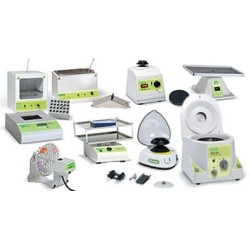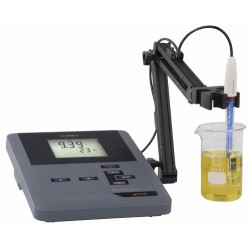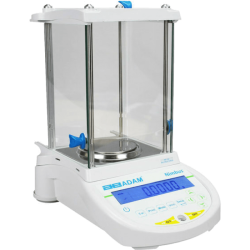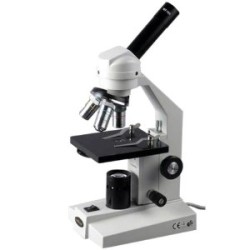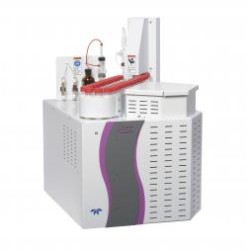Gut bacteria that 'talk' to human cells may lead to new treatments
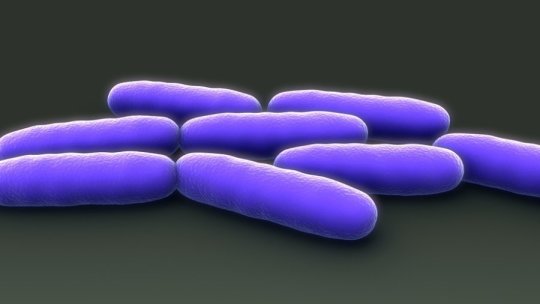
We have a symbiotic relationship with the trillions of bacteria that live in our bodies -- they help us, we help them. It turns out that they even speak the same language. And new research from The Rockefeller University and the Icahn School of Medicine at Mt. Sinai suggests these newly discovered commonalities may open the door to "engineered" gut flora who can have therapeutically beneficial effects on disease.
"We call it mimicry," says Sean Brady, director of Rockefeller University's Laboratory of Genetically Encoded Small Molecules, where the research was conducted. The breakthrough is described in a paper published this week in the journal Nature.
In a double-barreled discovery, Brady and co-investigator Louis Cohen found that gut bacteria and human cells, though different in many ways, speak what is basically the same chemical language, based on molecules called ligands. Building on that, they developed a method to genetically engineer the bacteria to produce molecules that have the potential to treat certain disorders by altering human metabolism. In a test of their system on mice, the introduction of modified gut bacteria led to reduced blood glucose levels and other metabolic changes in the animals.
The method involves the lock-and-key relationship of ligands, which bind to receptors on the membranes of human cells to produce specific biological effects. In this case, the bacteria-derived molecules are mimicking human ligands that bind to a class of receptors known as GPCRs, for G-protein-coupled receptors.
Many of the GPCRs are implicated in metabolic diseases, Brady says, and are the most common targets of drug therapy. And they're conveniently present in the gastrointestinal tract, where the gut bacteria are also found. "If you're going to talk to bacteria," says Brady, "you're going to talk to them right there." (Gut bacteria are part of the microbiome, the larger community of microbes that exist in and on the human body.)
For more details: - https://www.sciencedaily.com/releases/2017/08/170830141248.htm




